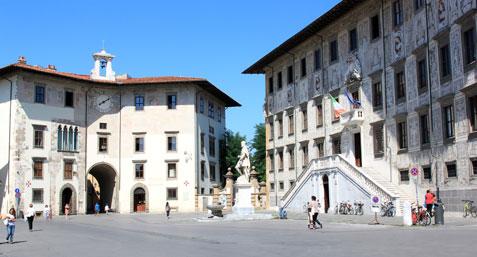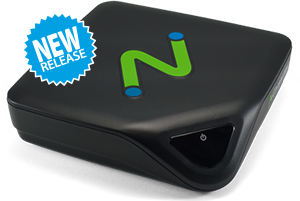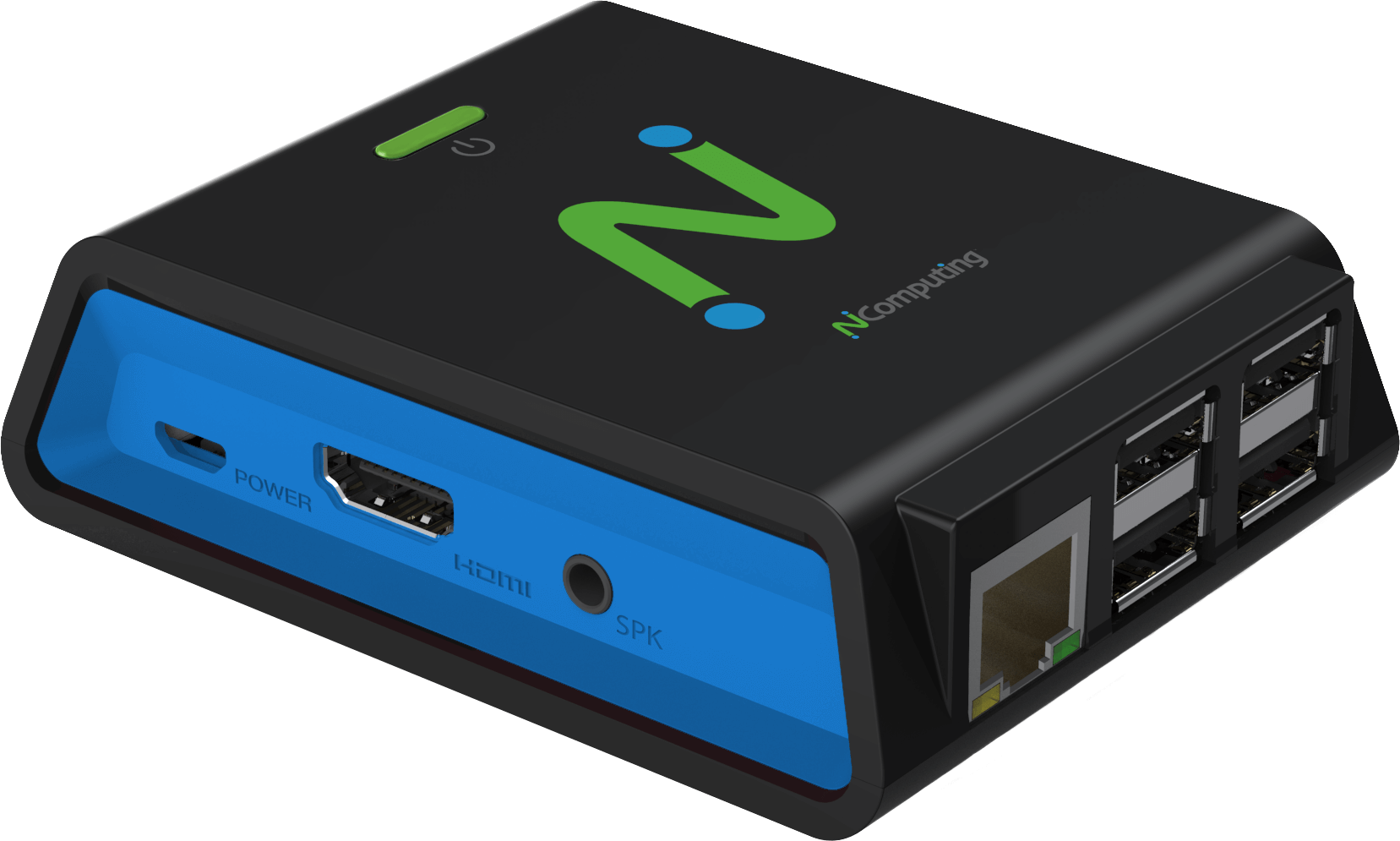Virtualization Goes to University, and Graduates in Energy Efficiency
Thanks to NComputing solutions, sold by the value-added distributor Horus Informatica, the historic Tuscan university and the CISIAU services center are pursuing the dual goal of better group policy management and a drastic reduction in regular consumption.

Photo: University of Pisa
A path that began in the mid-fourteenth century
The founding of the University of Pisa officially dates to 1343, following an edict issued by Pope Clement VI. This makes the university, whose central premises were built a short distance from the shores of the Arno on Via Colleggio Ricci, one of the oldest in Italy, and one of the first 20 in the world in order of their foundation. Its offices and departments are distributed throughout the roads and squares of the Tuscan capital. Supporting the traditional education furnished by the academic structure, there is also a series of specialized departments, including the CISIAU, Centro Interdipartimentale di Servizi Informatici [Interdepartmental Computer Services Center], in operation since 1991. In fact, beginning in 1995, it was CISIAU that implemented the Internet network for the exchange of communications for the degree programs that had been founded over time in the heart of the former Maritime Republic. It’s this same services center that handles initiatives like distance learning, the digital culture laboratory, the European Computing Driver’s License (Ecdl), and the sai@unipi project.
Recently, the University of Pisa found itself faced with the need to update its computer science environments and platforms, making them simultaneously more functional and less burdensome in terms of energy consumption, opting for a virtualized system. The technologies needed for the restyling were provided by the value-added distributor Horus Informatica, who turned to NComputing solutions, and in implementing the project was also able to rely on support from Cima Telematica, a company specializing in networking.
Principal needs and areas of operation
The use of NComputing virtualization tools, distributed by Horus Informatica, was dictated by a wide-ranging series of requirements. First of all, there was the problem of maintaining the PCs, which were often obsolete and therefore required frequent maintenance or repair, and were also very wasteful in terms of energy consumption. Added to this, there was the issue of access administration: The existing authentication system requires that every terminal at the University of Pisa have a dedicated public IP address, and requires that every user navigate subject to authorization from a Captive portal. Therefore, whichever virtualization solution was selected had to take into account these aspects and the fact that the existing infrastructure could not be significantly altered.
Finally, the priorities related to University IT architectures were identified considering both the policy management and energy efficiency requirements described above, as well as the flexibility of software applications and monitoring and control of workstations delegated to a single master workstation and conducted strictly in real time.
Given the extent of the change, before deciding definitively on solutions provided by NComputing and proposals from Cima Telematica, the client conducted a thorough benchmarking process, involving the major market players.
The winning characteristics of the Horus Informatica portfolio
The institution evaluated products from leading vendors, but certain factors typical of the technologies from NComputing, distributed by Horus Informatica, were crucial in directing the University’s decision. “The tests performed on NComputing products,” explained Prof. Antonio Cisternino, Computer Science Researcher in the Computer Science Department of the University of Pisa, “demonstrated that no one else could respond as effectively to our needs in terms of advanced performance, contained costs, flexibility, and not least, attention to environmental sustainability.”
Indeed, the architecture implemented made possible a significant resizing of the expense items related to support and maintenance across the entire machine pool, and the extreme versatility paired perfectly with the ability to operate in multimedia environments. The decidedly green spirit of NComputing also made it possible to achieve the energy savings goals that the University had set for itself.
The University of Pisa’s current IT architecture
Today, the University on Via Colleggio Ricci has been provided 100 NComputing L300 devices that were distributed as follows: 30 to the Agriculture department; 20 to the Humanities department; and 70 in total to the Computer Science department, with Open Office and ProgeCAD among the leading applications used.
The NComputing solutions were installed in the computer science rooms and made it possible to virtualize them. In practice, the current infrastructure calls for L300 groups residing on a central Windows Server 2008 R2 x64, on which the vSpace virtualization software had already been installed along with all the necessary applications. After the decision was made to select NComputing solutions, configuration of the server played a central role in guaranteeing the performance and consumption reduction goals, with the green attitude that university leaders wanted to achieve.
Relationships and benefits destined to expand over time
There were multiple benefits to implementing solutions from NComputing, and some of the advantages will become increasingly apparent as time goes by. First of all, the reduction in energy consumption, a key point for the University: The virtualized classroom made it possible to significantly cut all the consumption items that would have been burdensome had the classroom been equipped with 30 normal personal computers.
This project entailed significant improvements and made management of the entire IT infrastructure simpler. “We have implemented an entirely new computer hall, while keeping the investment budget contained,” continued Prof. Antonio Cisternino, Computer Science Researcher at the University of Pisa, “thereby cutting both maintenance and management costs, in addition to eliminating all the possible malfunctions of standard hardware systems.”
There were also clear savings in terms of TCO (total cost of ownership) and heat loss, which is now markedly lower. In addition, the structure made it possible to use USB storage drives directly on the NComputing devices, making work much more streamlined and effective.
Finally, according to the centuries-old Tuscan institution, group policy management, software flexibility, and the control and monitoring of workstations in real time by a single master unit offered an advantage approximately 100% higher than traditional PC-based architecture. Interesting numbers, guaranteeing the technological excellence of the NComputing portfolio and the validity of the support provided during the sales process and through pre-and post sales consulting, both from the Cima Telematica dealer, and from the value-added distributor Horus Informatica, leaving ample space for future collaboration.
The distributor’s opinion
“The decision to include NComputing solutions in our catalog was dictated by the fact that the strategic value of virtualization is increasingly clear, and we want to offer our clients the best solutions on the market today,” explained Massimo Grillo, CEO and General Manager of Horus Informatica.
“It was very interesting to be an integral part of the process of innovating a historic institution like the University of Pisa, and to be able to provide useful answers to their needs both in terms of simplifying IT management and reducing consumption, as well as centralized policy management. This was all made possible in part thanks to the valuable contribution of Cima Telematica, our partner in developing the project, and already working alongside the faculty. Thanks to the significant experience accrued in telecommunications, networking, voice data integration, and security, Cima Telematica was crucial for reaching the objectives that had been set,” continued Grillo.
“We were positively impressed by the skills that Horus Informatica demonstrated in terms of pre-and post-sales support,” reported Alessio Barsacchi and Antonello Barnardini of Cima Telematica, “and by the excellent response they offered in terms of clarity and excellent business practices. On the few occasions that support did become necessary, Horus Informatica technical personnel responded quickly, and above all helpfully, in handling and solving any problem.”



-menu.png)


